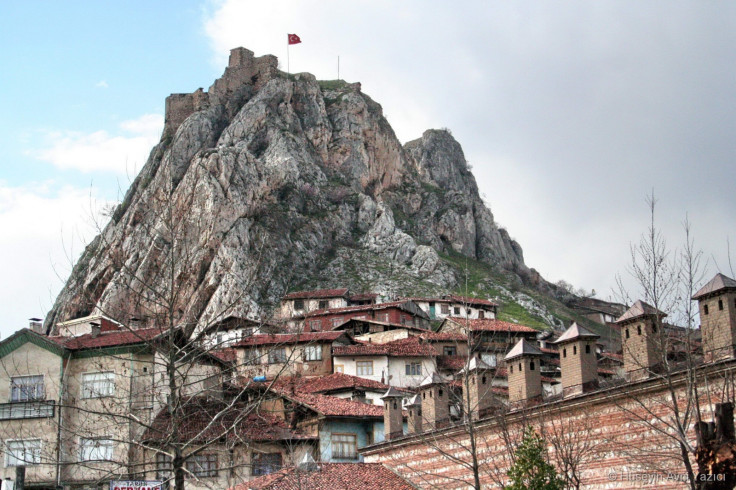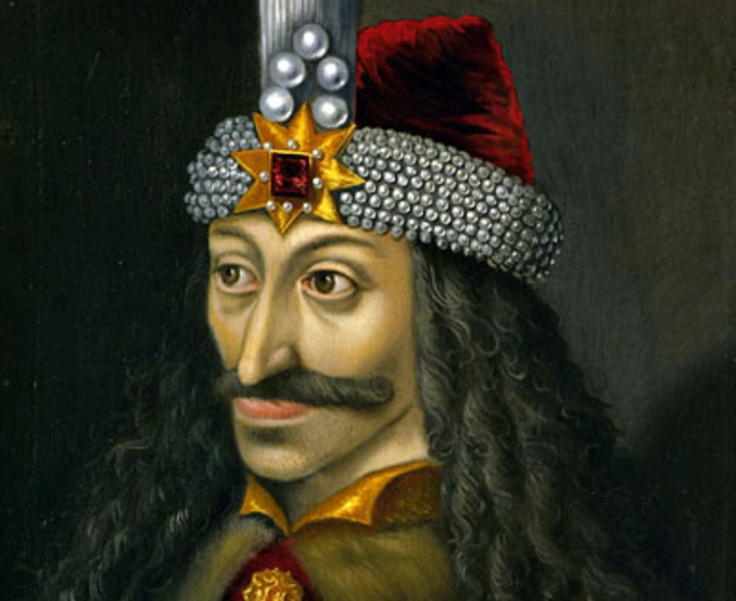'Dracula's Dungeon' Discovered by Archaeologists at Tokat Castle in Turkey

Archaeologists believe they have discovered dungeons, tunnels and a military shelter at Tokat Castle in northern Turkey where Vlad the Impaler – who served as the inspiration for Bram Stoker's character Dracula – is believed to have been held hostage in the early 15<sup>th century.
The find was made during restoration works at the castle, which uncovered a secret tunnel leading to the nearby Pervane Baths and a military shelter. Two dungeons were discovered, where Wallachian Prince Vlad III, known as Vlad the Impaler, is believed to have been kept captive by the Ottoman Turks.
The Turkish newspaper Hurriyet Daily News reported that the restoration works began in 2009, with the latest project having been carried out in the last ten weeks to restore the castle's defensive bastions. It was during these recent excavations that the tunnels and dungeons were found.
"The castle is completely surrounded by secret tunnels. It is very mysterious," said archaeologist Ibrahim Çetin. "It is hard to estimate in which room Dracula was kept, but he was around here."
Previous restorations at the castle, in the western region of Pontus, uncovered a 100m tunnel in the northern façade which is believed to have been used by the king's daughters to reach a nearby Roman bath.

The town of Tokate was conquered by the Seljuk Turks at the end of the 12<sup>th century and was incorporated into the Ottoman empire in 1392. Tokat Castle, a ruined citadel also known as the fortress Dazimon, lies on the steep hills above the city.
Prince Vlad III and his brother Radu are believed to have been held at the castle in 1442 by the Ottomans. Vlad, who was born between 1428 and 1431 in Sighişaora, Transylvania, is the prince who is the inspiration for Bram Stoker's 1897 gothic novel Dracula.
Vlad's patronymic, Dracul, means dragon – derived from his father Vlad II Dracul, in the Order of the Dragon. This was an order of chivalry founded by Sigismund, the King of Hungary, for the defence of Christianity in Eastern Europe against the Ottoman Empire.
Vlad earned his name due to his historical reputation of impaling his victims, having developed an intense hatred of the Ottoman's during his captivity. During his lifetime, news of his brutality and excessive cruelty spread abroad to Germany and elsewhere in Europe.
In 1462, Vlad is said to have retreated from a battle against the Ottoman's and impaled and displayed the bodies of 20,000 people outside the city of Targoviste, in Romania, as a deterrent against the oncoming Ottoman forces. Upon seeing the bodies being picked apart by crows, the forces turned back to Constantinople.
Vlad the Impaler was eventually arrested and held in prison for 12 years. After his brother's death in 1475, he managed to reclaim the Wallachian throne and he is believed to have died in battle against the Ottomans in 1476.
© Copyright IBTimes 2025. All rights reserved.




















